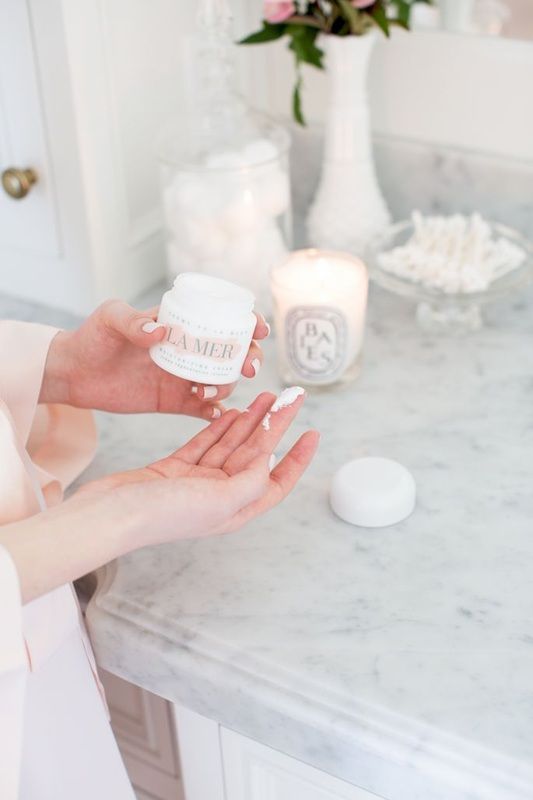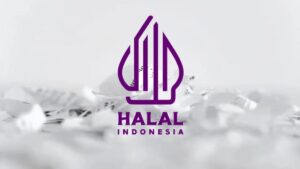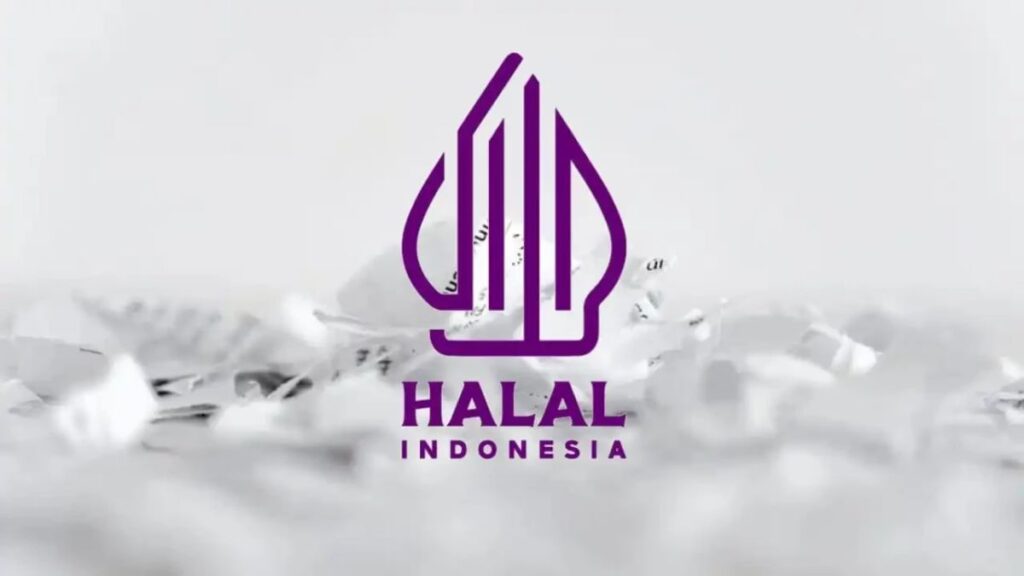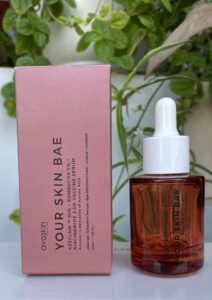
In Indonesia, muslim community has been a growing target market for halal products since 1988 when the fuss about “haram” substances found in several meal ingredients first emerged. That year, a researcher from Universitas Brawijaya, Dr. Ir. Tri Susanto published his research which revealed that food supplies such as noodle, milk, snack, etc may contain lecithin, gelatin, and fat from pork. This has triggered consumers demanding assurance from governors to ensure that their foodstuff is free from porcine and its derivatives.
Regardless of this demand, not so many knows that stakeholders through PERMENKES decree number 280/Men.Kes/Per/XI/76 actually had already obliged food producers and suppliers to put the label “contained pork/porcine” and pig logo onto the products having or using any part of pig and its derivatives in their products since 10 November 1976. This action was considered more effective to differentiate between halal and haram products because back then the products containing pork were only a few. However, on 12 August 1985, Governor issued a decree (No.42/Men.Kes/SKB/VIII/1985) instructing the food industry to voluntarily change the logo from “contained pork/porcine” to “Halal”. I personally think this is not solving the case if they think it would be easier and cheaper to certify halal products instead of haram ones.
This way of life has become so massively ingrained in which later on creates business opportunities for sectors other than food and drink, for instance cosmetics and personal care. In Indonesia, paragon technology which formerly is known as Pusaka Tradisi Ibu was keen enough to grab this opportunity and served as a pioneer in halal cosmetics in Indonesia with its successful brand, Wardah. It sure set the trend quickly and inspired competitors to have halal certificates as their added value. Subsequently, muslim community has been a growing target market for halal cosmetics since then.
Apparently, this is not only a lucrative business for the private sector but also for the government because to obtain halal certificate, the producer must follow the rules set by the authorities and make payment for each submission. Moreover, the government through BPJPH (Badan Penyelenggara Jaminan Produk Halal) established a decree forcing industry players especially food and beverage to acquire halal certificates for all their products that become mandatory by 17 October 2024, again in this case, much more income will be filling in the government’s pocket for the sake of consumers “peaceful mind”.
Then, what are the requirements to meet halal certification parameters and eventually obtain halal certificate?

In general, BPJPH poses Sistem Jaminan Halal (SJH), which contains 11 criteria to assess the halality of a product, from its very ingredients to the company’s halal management. I won’t talk much about them right now. Instead, I would like to highlight how your product gets a halal logo from the formulation point of view. This is important because it all starts here. First, a company must apply for halal certification with BPJPH. Second, the ingredients being used in your holy grail skincare must be proven halal by providing the necessary documents to LPH (Lembaga Pemeriksa Halal). Each ingredient must have halal certificates, which are issued by the local authorities where that substance is being produced. If it doesn’t have a halal certificate or if the certification process is still underway, it may be substituted by supporting documents such as a breakdown of ingredient composition, its production flow chart, and a halal statement issued by the manufacturer. After LPH assesses your submitted documents, they will forward their findings to Fatwa MUI. Fatwa MUI will scrutinize the report from LPH and hold a “meeting” to decide whether your products are halal or not. The results will be forwarded to BPJPH, which will then notify the proposing company. If the verdict says it is halal, the product’s halal certificate will be issued by BPJPH, which becomes a mandatory document submitted to BPOM. BPOM is the government body regulating the product label, including the halal logo. If the proposing company is so unfortunate that their product failed to earn a halal certificate, they should start the application process again.
This halal certificate is only valid for 4 years and needs renewal. Renewal can happen earlier if there is a change in the ingredients or the source of the raw materials being used, even if they are from the same principal but produced at different sites!
Nevertheless, not all raw materials need to provide halal certificates. SJH categorizes raw materials into critical raw materials, which require a halal certificate, and non-critical raw materials, which do not. Substances that result from pure chemical reactions are considered non-critical raw materials in SJH. Noncritical raw materials do not need to provide halal certificates because it is already well known that they are being manufactured from free-pork sources and by a free-pork-halal process. Salt, short-chain organic acids (acetic acid, benzoic acid, formic acid, etc.), plant simplicia, algae, honey, gum polymers, cellulose-based polymers, etc. are examples of non-critical raw materials.
That’s it. Now you know that a little purple wayang-like figure in halal calligraphy, which is, in my humble and honest opinion, very dull, has a long way to go to get itself printed with other information necessary in the product’s label. Having a halal logo is surely an added value or even a game changer for some consumers, but we should never tarnish the otherwise good product’s quality. At the end of the day, it’s actually down to money, whether or not a company can afford such a process to simply fit the market trend.
Reference:
- Faridah, H.D. 2019. SERTIFIKASI HALAL DI INDONESIA:
SEJARAH, PERKEMBANGAN, DAN IMPLEMENTASI. Journal of Halal Product and Research Volume 2 Nomor 2. https://doi.org/10.20473/jhpr.vol.2-issue.2.68-78.



